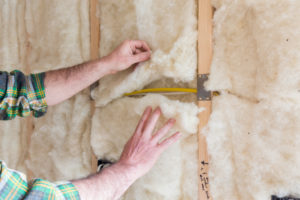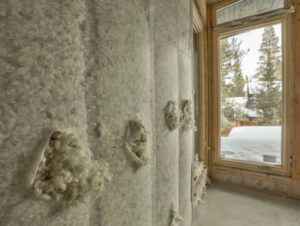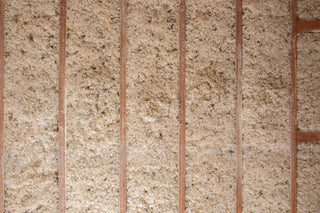When we started Havelock Wool we were adamant about offering the two main types of insulation, batts and blown-in (loose fill). There are advantages to each and we wanted to offer the right product for the right application at all times.
In the spirit of informed decision-making, let’s compare batts and blown-in so you can be better prepared to use the right product for every project.
Comparing Blown-in Insulation and Batt Insulation
Batt insulation is akin to a large blanket designed specifically to fill a wall, floor or ceiling cavity. Batts were largely developed with the consumer in mind as they are ideal for perfectly sized modern framing with few electrical and plumbing obstructions. Quickly place them into the cavity and you are ready for drywall and finish work. They have been adopted by the construction industry as more installers looked for faster and less expensive methods to finish projects. The problem: perfect cavities rarely exist and great attention needs to be taken to split, cut, and modify batts to fit around obstructions or else the performance is severely compromised. Paper-faced vapor barriers further hide installation defects- out of sight, out of mind. Not many consumers know this.

Blown-in, aka loose fill, insulation is different. The material tends to be loose fibers and in the worst-case foam. For us, it’s knops (or balls) of wool. Unlike batts, blown-in was developed to be high-performance insulation installed by professionals with a blowing machine. The material is forcefully blown into a cavity enabling it to wrap around and get behind common obstructions. This creates exceptional coverage and performance, i.e. R-value but the installation process is more involved than that of batts.

Let’s breakdown the Havelock Wool Batts and Blown-in Products
Havelock Blown-in (Loose Fill)
Highest R-Values of 4.3 per inch
Fills all voids
No cutting or tearing around wires, pipes, and boxes
Slightly better sound absorption
Installation equipment required for larger projects
Havelock Batts
High R-Value, up to 3.8 per inch
Installs without equipment, or protective clothing
Simplicity of measuring and ordering
Requires modification around electrical, plumbing
Minimal prep work
What is best for me?
The answer is a bit wonky: it totally depends! At a high level, if you want things done more quickly and easily, go with batts. We don’t condone reckless installs but batt installation is likely to go faster. If you want optimal performance, take the time to do the blow-in. It is a better product and it performs better once installed.
There are some specific applications that make your decision a bit easier. Generally speaking, loose fill is a no brainer for attics and between floors and exterior wall cavities using cheap retainer mesh. Batts are the best call for your average DIY’er who does not want to use installation equipment.
We’re in the discussion frequently. Please let us know how we can help with your next project or specification.





